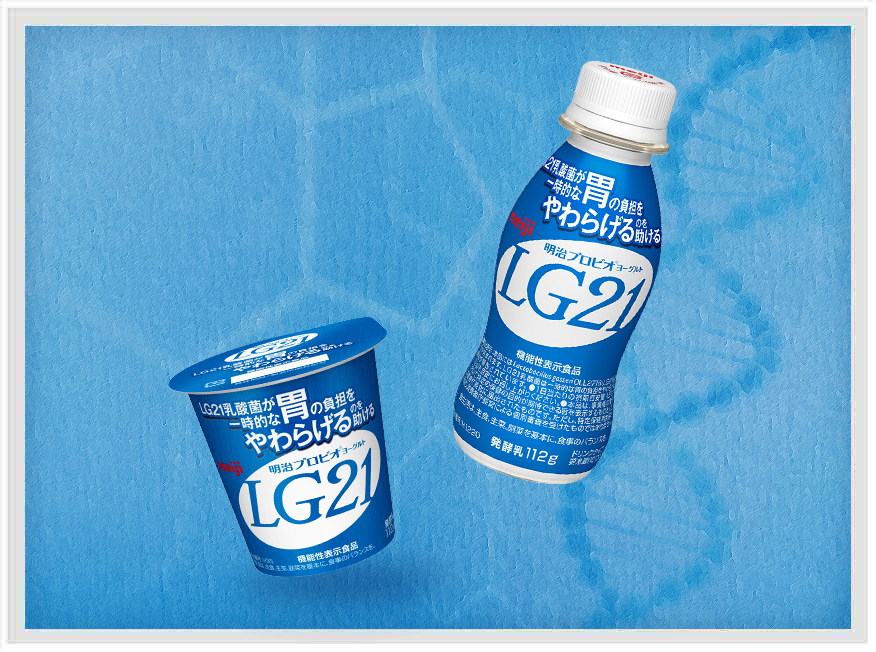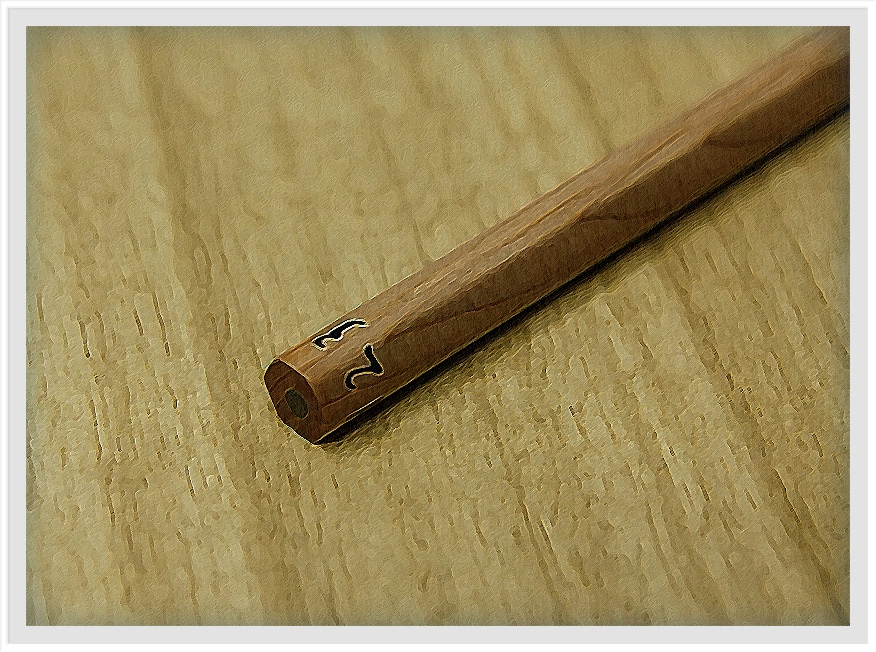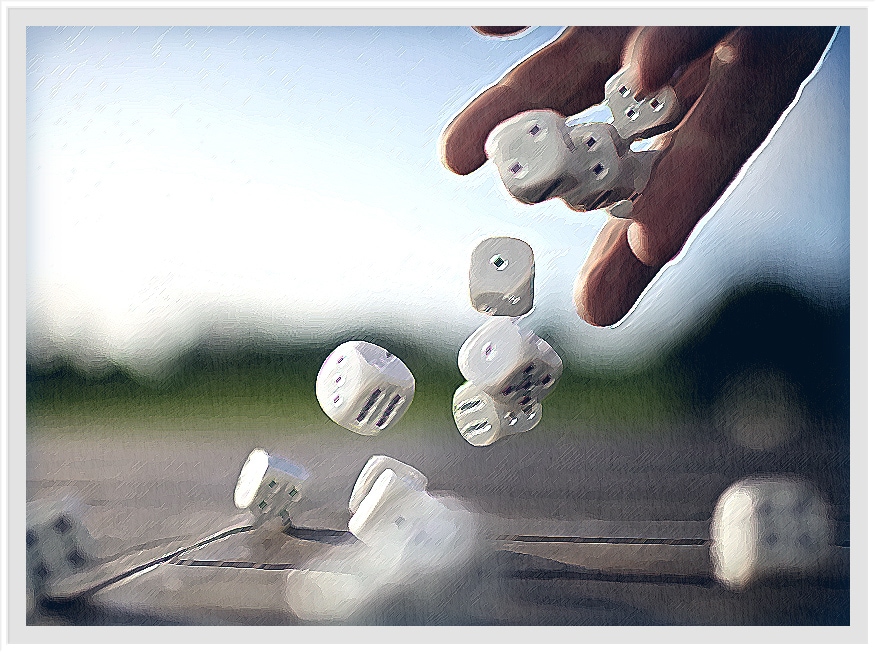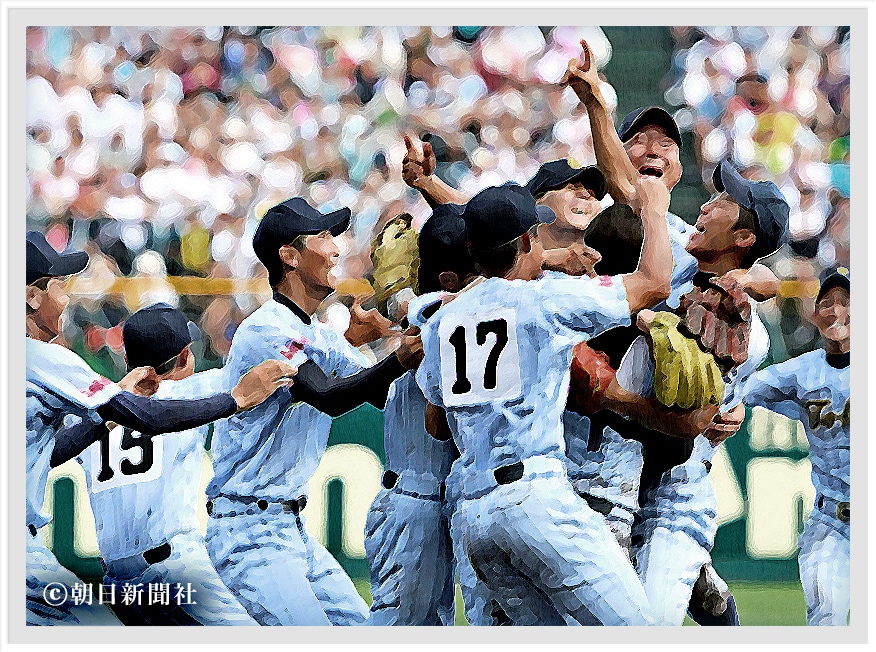


1/2500
“1/2,500”
This is an important number in the story of LG21 lactic acid bacteria, which Meiji discovered after
conducting research on lactic acid bacteria for over 60 years.
We invite you to experience the series
of miracles brought by the discovery of LG21 lactic acid bacteria, by learning about the fortuitous
events, challenges overcome, and possibilities attained.

1/2500
Miracle of encounter
LG21 lactic acid bacteria
When Meiji sold the first mass-produced yogurt in Japan in 1950, it knew that lactic acid bacteria had more potential benefits yet to be discovered, and so teamed up with university researchers to conduct further studies.
The joint research team scrutinized roughly 2,500 strains of lactic acid bacteria that were stored in Meiji’s collection, strain by strain, to identify which had the highest tolerance to stomach acid. After many years of dedicated research, the scientists finally found that LG21 lactic acid bacteria were the strain that met all the criteria.
It was vaguely known that lactic acid bacteria had functions that would benefit health. However, in the case of LG21 lactic acid bacteria, the strain has a specific unique feature to “can withstand and stay alive in the stomach and propagate better there.”
So this miraculous discovery came about by a 1/2,500 chance.

[Test method]
First, eight strains of lactic acid bacteria of genus Lactobacillus were selected from Meiji’s collection that showed the highest survival rate after being exposed to artificial stomach acid (pH 2.0) at 37℃ for two hours. Then, those chosen strains were more closely examined to see how well they could propagate in lowpH conditions (pH 4.0). Each strain was incubated at pH 4.0 in a 37℃ microaerobic environment for nine hours, and the optical density (OD) of its culture medium was measured. The difference in OD before and after the incubation of each strain is indicated as ⊿OD.
1/4096
How well can you do
on a multiple-question test,
based on pure luck?
We ran this test to see if we could cause a miracle with the roll of a pencil.
*Link to an external site
1/2088
Miracle of rolling 11 dice
to
get the value “21”
Dice have a long history that can be traced back to ancient India and Egypt before the start of the Common Era. Back then, dice were mainly made of mud, ivory, or bone and were originally used for fortune telling. In those ancient cultures, people apparently believed that the unpredictable dice dots were controlled by the will of the gods. For example, the chance of throwing 11 dice simultaneously and getting the value “21” as the sum of all the dots is only 1/2,088.
Although we don’t usually think about how many dots appear every time we roll a die, there could be some serendipitous significance behind the number that appears.
A 1-in-2,500 chance. Meiji’s encounter with LG21 lactic acid bacteria after decades of research on lactic acid bacteria may have been guided by destiny.
Supervision: Dr. Takashi Namatame, Professor, Faculty of Science and Engineering, Chuo University
1/1663
21 persons playing
rock-paper-scissors.
Miracle of determining
who the winner
and losers are
in only one round.
When playing rock-paper-scissors in a large group of people, the players must usually alternate between the three hand gestures through many ties until finally a winner is decided.
But what is the actual chance of a winner being decided in just one throw of hands?
For example, let’s say there are 21 persons ready to play the game. There is a 1/1,663 chance that a winner will be decided in only one round. This means that, in just one play, a winner and losers are determined, without a tie.
If it does happen, it could be viewed more as a feat of well-coordinated, miraculous team effort than as a contest.
A 1-in-2,500 chance. LG21 lactic acid bacteria would not have been discovered without the large number of people on the research team working together, overcoming one challenge after another to reach their common goal, with a unified spirit.
Supervision: Dr. Takashi Namatame, Professor, Faculty of Science and Engineering, Chuo University
1/4014
Miracle of being able to celebrate a victory
in the national high-school
baseball tournament, at
Koshien Stadium.
Being invited to play in the national high-school baseball tournament is every young baseball player’s dream in Japan.
And when their wish is granted, they play hard, giving all they have, united at heart. Win or lose, watching those young athletes play the sport to the best of their ability, and cry with disappointment when they cannot advance to the next stage, is always a captivating experience.
While a total of 4,014 high schools * across Japan are eligible to enter, there will only be one school that gets to call itself the ultimate victor, after battling and beating other top contenders. That climactic moment of becoming the champion is the result of two miracles, one being the players who are lucky to have each other as incredible teammates, and the other being their ability to successfully endure tough training sessions and adversity. Those teenagers dedicate their precious adolescence to the ball game, hoping to get a shot at glory at the iconic stadium.
A 1-in-2,500 chance. The discovery of LG21 was also surely destiny as a result of many researchers’ persistent decades of effort to overcome countless challenges and hardships.
Source: Japan High School Baseball Federation
*The figure is the number of high school baseball teams that were Federation members during the 2016 season.








